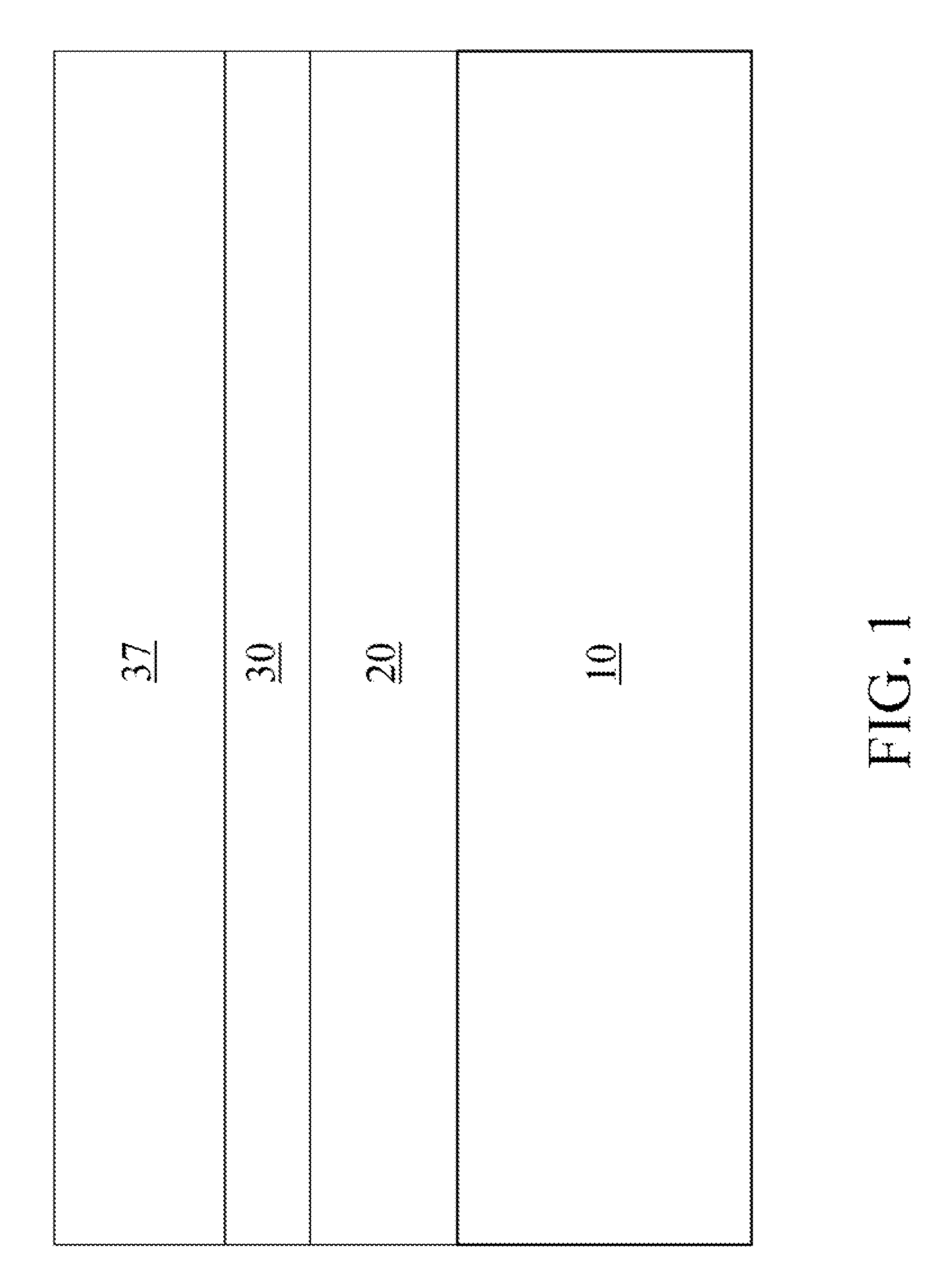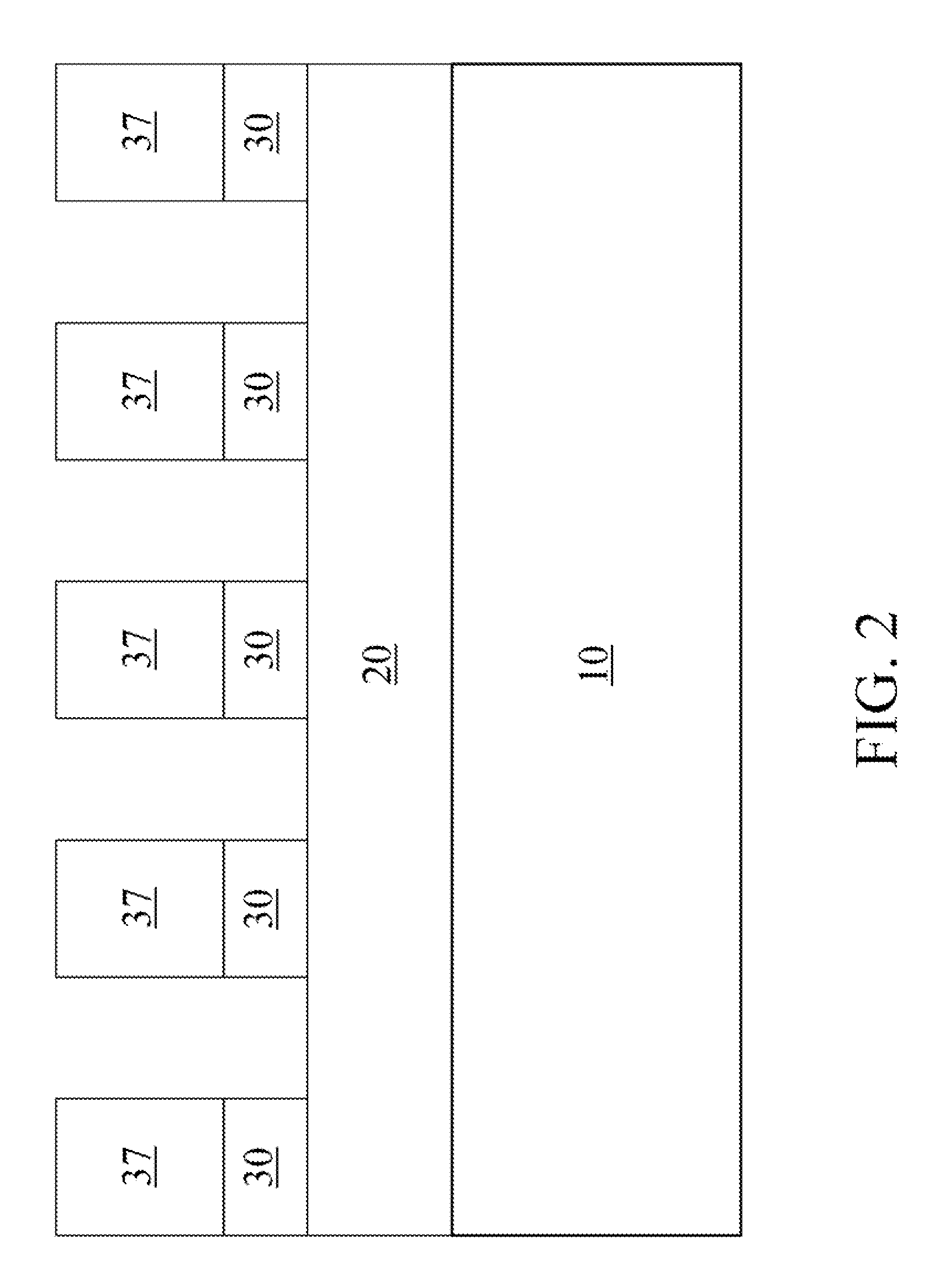Methods for forming a composite pattern including printed resolution assist features
a composite pattern and assist feature technology, applied in the field of semiconductor processing methods, can solve the problems of high undesirable alcohol based photoresist in the manufacturing facility, inability to be done, and inability to use conventional organic-based single layer photoresist or inorganic hardmasks, so as to improve the printability, the effect of increasing the printability of the first pattern
- Summary
- Abstract
- Description
- Claims
- Application Information
AI Technical Summary
Benefits of technology
Problems solved by technology
Method used
Image
Examples
Embodiment Construction
[0059]As stated above, the present invention relates to methods for forming a composite lithographic pattern of two lithographic patterns employing clear printed resolution assist features (cPRAFs) and a hard mask layer, which are now described in detail with accompanying figures. It is noted that like and corresponding elements are referred to by like reference numerals.
[0060]In the present invention, methods for forming a composite lithographic pattern of a first and second pattern is provided, wherein the first pattern has a first sub-pattern that contains the features that need to be created based on the design and a second sub-pattern of clear printed resolution assist features (cPRAFs). In this invention, the printability of the first sub-pattern is enhanced by the co-patterning with the second sub-pattern (cPRAFs). The printability here refers to quality of the aerial image contrast, or the profile gradient of a feature edge, which can be determined by a number of standard me...
PUM
| Property | Measurement | Unit |
|---|---|---|
| thicknesses | aaaaa | aaaaa |
| thicknesses | aaaaa | aaaaa |
| anisotropic | aaaaa | aaaaa |
Abstract
Description
Claims
Application Information
 Login to View More
Login to View More - R&D
- Intellectual Property
- Life Sciences
- Materials
- Tech Scout
- Unparalleled Data Quality
- Higher Quality Content
- 60% Fewer Hallucinations
Browse by: Latest US Patents, China's latest patents, Technical Efficacy Thesaurus, Application Domain, Technology Topic, Popular Technical Reports.
© 2025 PatSnap. All rights reserved.Legal|Privacy policy|Modern Slavery Act Transparency Statement|Sitemap|About US| Contact US: help@patsnap.com



